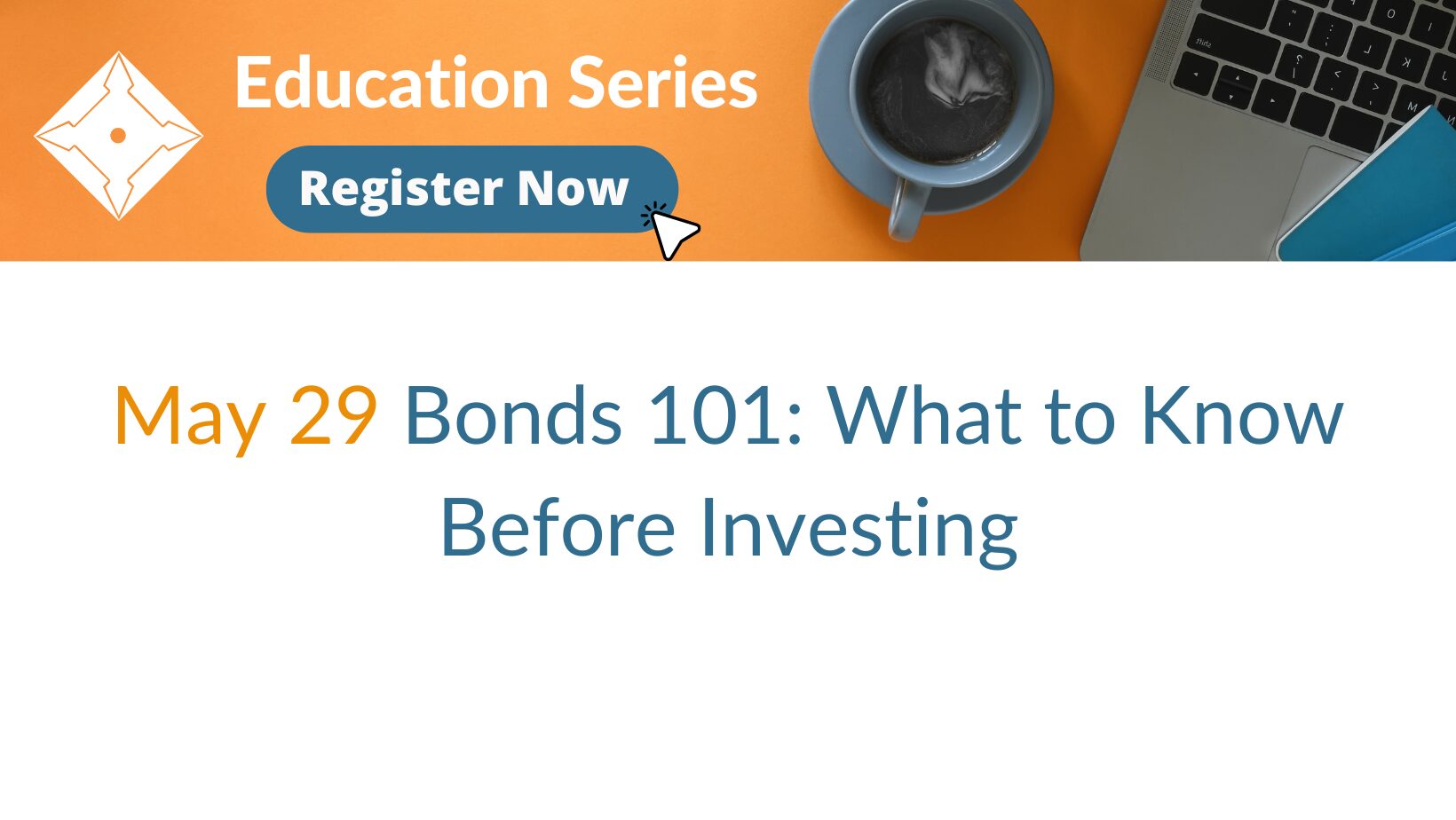Are You Too Conservative?


By not allocating a 401(k) portfolio toward growth-oriented assets early in a career, investors can miss out on major funding opportunities. Before we dive into actionable retirement income strategies, it’s important to recognize what reasons could be contributing to a “too conservative” mindset.
- Fear of the market. Recent history is likely the biggest culprit when it comes to being too conservative in 401(k) allocations. Whether you are an older investor, or a millennial who indirectly experienced the 2008 market crash, it’s understandable why some may be fearful of market swings. However, it’s crucial to keep in mind that 2008 was a market anomaly, and in order to benefit from market upswings when they occur, you need to be invested in the market. In my opinion, the most successful investors move on from short-term market swings and do not ma ke emotionally charged decisions based on breaking news or headlines.
- Shift in responsibility and education. Before the 401(k) was introduced to the workforce, employers were typically responsible for offering and setting up employee pension plans. The 401(k) flipped this notion on its head and pushed the responsibility of funding these savings vehicles to the employee. For baby boomer investors who started their 401(k) during this time, educational services were not as robust as they are today, contributing to a more conservative (and undereducated) mindset.
- Inertia and investor characteristics. Some investors, by nature, will always be more conservative than others. However, when it comes to retirement savings, investors may be doing themselves a disservice by sitting on the sidelines and not participating aggressively in the market, at least early on in their career.
What’s an investor to do?
In order to maximize retirement income savings within a 401(k), in my opinion it’s imperative that younger investors shift away from a conservative mindset. For investors who are in their 20s or 30s, we recommend being 95-100 percent invested in growth or capital appreciation funds, including a diversified mix of large caps, small caps, and international sectors. While this aggressive model may worry a more conservative-minded investor, it’s important to remember that you have decades ahead of you to fund the portfolio. Yes, there will be market blips here and there, but time is working to the investors’ advantage. Check in on a 401(k) account every 6 months to a year, reallocate where necessary, and understand that starting early with an aggressive model can pay serious dividends when it comes time for retirement.
On the other hand, for investors who remained too conservative and are nearing their retirement date, it becomes a delicate balancing act — trying to bolster funds while protecting a nest egg. For those who are more than 5 years away from their targeted retirement date, we would recommend allocating up to 60 percent toward growth funds. This is not an attempt to make up for lost time, but rather, to provide investors with opportunities to receive an improved return while in retirement. It is only when investors are less than 5 years away from their retirement date that we would shift into more conservative allocations, as a market selloff during that time could warrant concern.
It’s hard to change course and modify investment philosophies, however, being too conservative early on when funding a 401(k) can impact the investor negatively later in life. If investors can recognize the danger in underfunding their 401(k) early, they can make the appropriate changes in their portfolio and maximize their retirement income possibilities.


